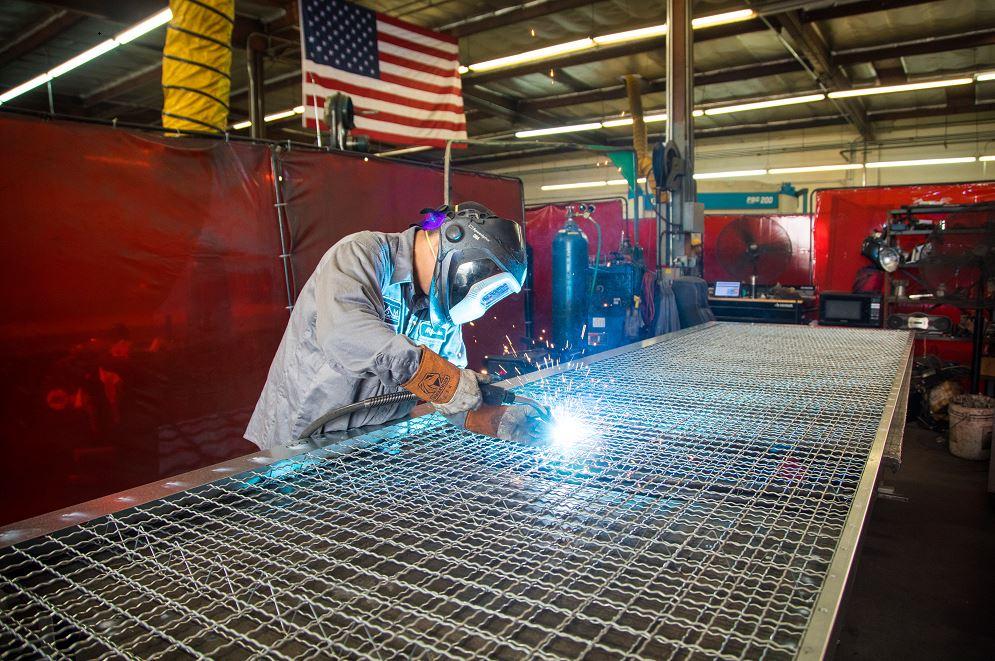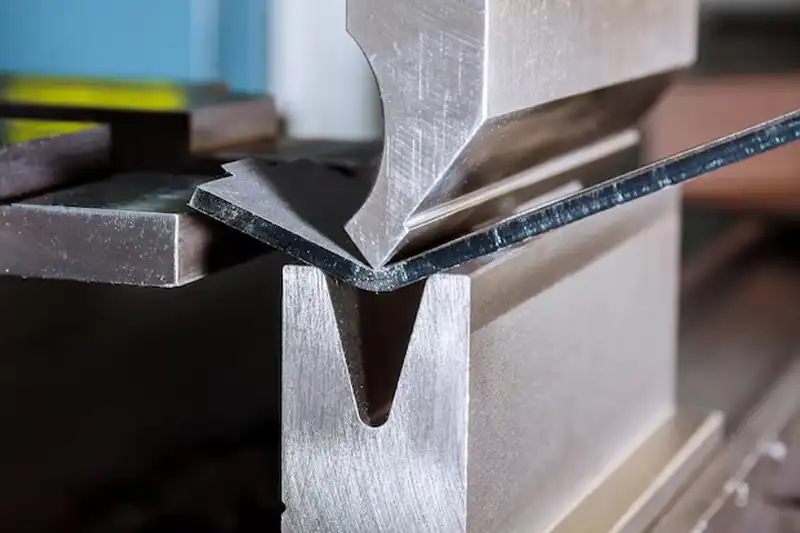In today’s architectural landscape, Architectural Metal Canopy Designs have become a significant feature, blending both function and style. These canopies not only provide shelter but also enhance the aesthetic appeal of buildings. Industrial manufacturers and architects are increasingly recognizing the value of integrating these versatile structures into their designs.

The Evolution of Metal Canopies
The use of metal canopies dates back centuries, but their design and functionality have evolved significantly over time. Initially, they were simple structures used primarily for protection against the elements. Today, they are complex architectural elements that contribute to a building’s identity and functionality.
Materials Used in Metal Canopy Designs
Modern metal canopies are crafted from a variety of materials, each offering distinct advantages. Common materials include aluminum, steel, and stainless steel. These materials are chosen for their durability, flexibility, and aesthetic appeal. To learn more about the common metals used in architectural projects, visit this resource.
Design Considerations for Metal Canopies
When designing a metal canopy, several factors must be considered. These include the building’s architectural style, the intended function of the canopy, and the local climate. The integration of these elements ensures that the canopy is both functional and visually appealing.
Benefits of Metal Canopies
Metal canopies offer numerous benefits, making them a preferred choice for architects and builders. They provide protection from weather elements, enhance the building’s aesthetics, and contribute to energy efficiency by reducing solar gain.
Energy Efficiency
One of the key benefits of metal canopies is their ability to improve a buildings energy efficiency. By providing shade, they reduce the need for air conditioning, which can lead to significant energy savings.
Durability and Maintenance
Metal canopies are renowned for their durability. With proper maintenance, they can last for decades without significant wear and tear. For tips on maintaining architectural metal finishes, check out this guide.
Types of Metal Canopy Designs
There are several types of metal canopy designs, each serving different purposes and offering unique aesthetic qualities. Some popular designs include cantilevered canopies, tensioned canopies, and louvered canopies.
Cantilevered Canopies
Cantilevered canopies are supported on one side, allowing for unobstructed views and an open feel. They are ideal for creating a modern, sleek look.
Tensioned Canopies
Tensioned canopies use a system of cables and fabric to create a lightweight and airy structure. They are perfect for areas that require large spans without support columns.
Louvered Canopies
Louvered canopies offer adjustable shading and ventilation, making them versatile for different weather conditions.
Installation and Fabrication
The installation of metal canopies requires precision and expertise. Choosing the right fabricator is crucial to ensure the quality and durability of the structure. To understand more about selecting a metal fabricator, visit this article.
Challenges in Installation
Installing metal canopies can present several challenges, such as dealing with complex geometries and ensuring structural integrity. Experienced professionals are essential to navigate these challenges effectively.
Future Trends in Metal Canopy Designs
The future of metal canopy designs is promising, with advancements in materials and technology driving innovation. Sustainable materials and smart technologies are set to play a significant role in future designs.
Sustainable Materials
As the demand for eco-friendly solutions grows, architects are exploring the use of sustainable materials in canopy designs. Recycled metals and energy-efficient coatings are becoming increasingly popular.
Smart Technology Integration
The integration of smart technology in metal canopies is another emerging trend. Features like automated shading and integrated lighting are set to enhance the functionality and appeal of these structures.
Conclusion
Architectural Metal Canopy Designs are more than just protective structures; they are integral to modern architectural aesthetics and functionality. By understanding the materials, design considerations, and future trends, architects and manufacturers can create canopies that are both beautiful and functional.

Frequently Asked Questions
What materials are commonly used in metal canopies?
Common materials include aluminum, steel, and stainless steel, known for their durability and aesthetic appeal.
How do metal canopies contribute to energy efficiency?
Metal canopies provide shade, reducing the need for air conditioning and thereby enhancing energy efficiency.
What are the benefits of using smart technology in canopies?
Smart technology can enhance canopy functionality with features like automated shading and integrated lighting.
For more insights on architectural metal designs, you can also explore the [architectural metal fabricators in the USA](https://www.tbkmetal.com/architectural-metal-fabricators-in-the-usa/) to learn more about industry standards and innovations.
This article contains affiliate links. We may earn a commission at no extra cost to you.

